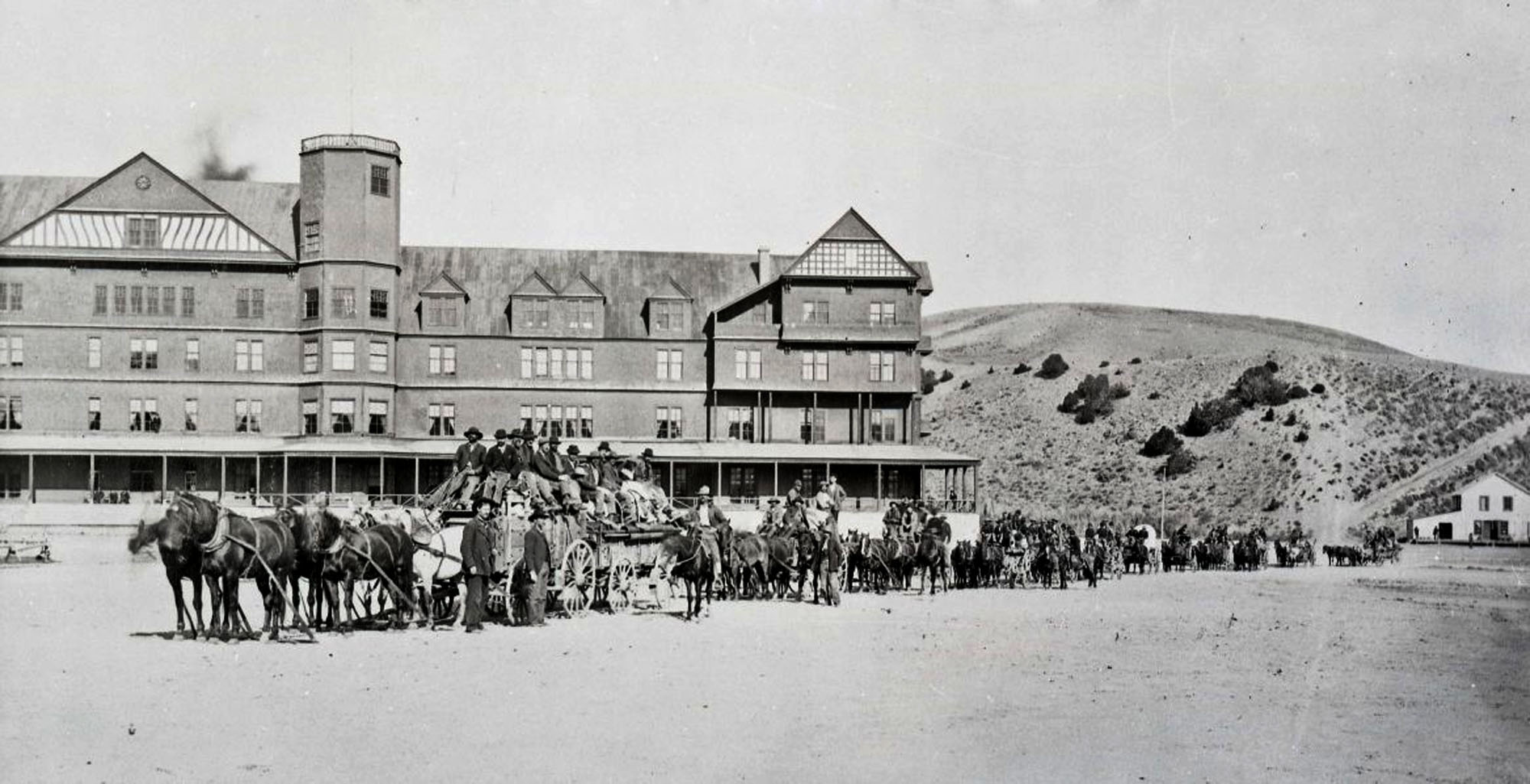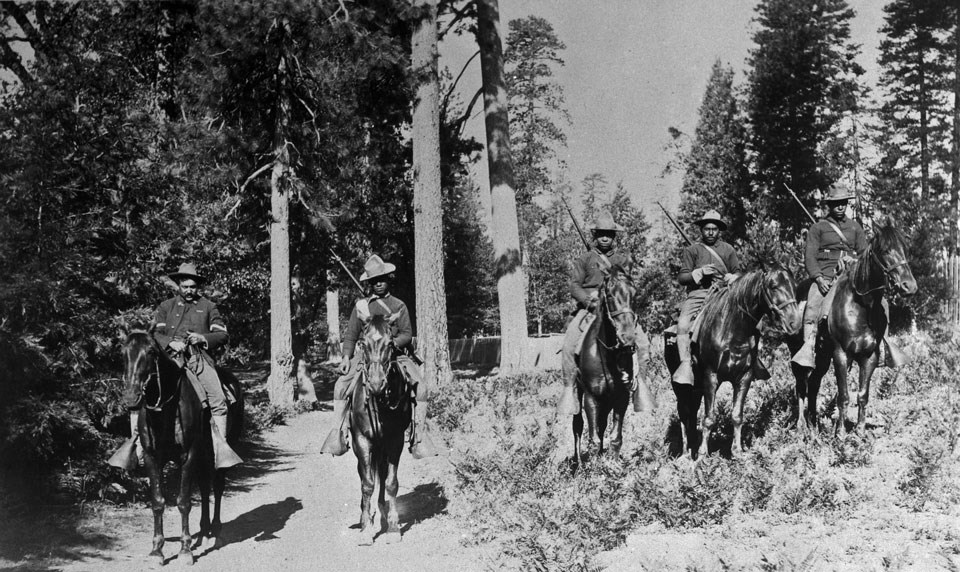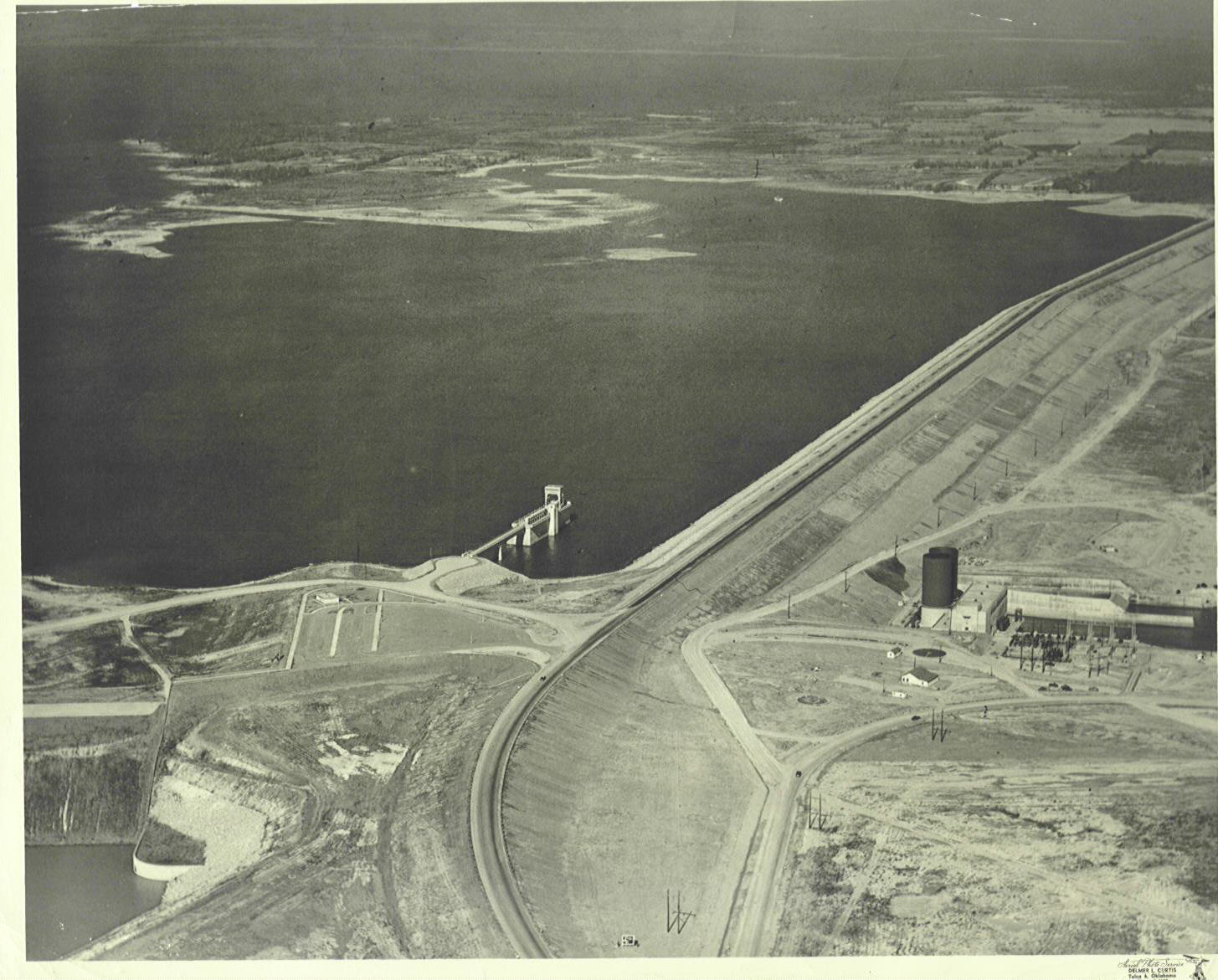It might surprise you to hear the U.S. Army Corps of Engineers is one of the largest providers of outdoor recreation in the Nation. If it doesn’t, you must be one of the 260 million folks who visit USACE recreation areas every year.
But why would the Army have any recreation mission at all?
The Army’s involvement in the Nation’s legacy of preserving outdoor spaces for public use dates back to the first national park in the world, Yellowstone. The Corps of Engineers was brought in to build roads and bridges through the park in 1883 while protecting the park’s unique natural resources. The first USACE engineering officer at Yellowstone, Lt. Dan Kingman, implemented a construction plan to build in a way that the park remained “as the hand of nature left it – a source of pleasure to all who visit it.”
As visiting Yellowstone became much easier for the public, poaching of wild animals and destroying natural features for souvenirs became a problem. The Army was asked to help protect the park and in 1890, Fort Yellowstone became a permanent post for Soldiers who patrolled the area.

U.S. Army Corps of Engineers road builders at Mammoth Hot Springs Hotel 1880s.
Abuse of these newly established public lands continued when Yosemite and Sequoia National Parks were established in California and the Army was called upon once again. About 500 soldiers from the 24th Infantry and 9th Cavalry, also known as the Buffalo Soldiers, performed the duties of confiscating firearms, stopping poachers, fighting wildfires and stopping thieves from taking timber and other natural objects. These troops, who had to regularly overcome racial prejudices in the Western Frontier, also supervised the construction of roads, trails, and other infrastructure in the parks.

Buffalo Soldiers from the 24th Infantry carrying out mounted patrol duties in Yosemite in 1899. Photo courtesy of the National Parks Service.
While Army engineers built and maintained much of the country’s water navigation infrastructure in the 1800s, it wasn’t until the 1920s that the USACE recreation mission started to take shape. This was when flood control became one of the main missions of the Corps of Engineers. USACE built several dams in the following years for flood control and other purposes, like water supply and navigation, and these structures created reservoirs. Recreation at these newly-built projects increased so swiftly that Congress began including recreation and fish and wildlife management as additional missions for the projects as early as 1944.
One of the biggest challenges facing the Army was who would manage the recreation at these projects. Since the primary mission was operating and maintaining dams, they were staffed by dam operators and maintenance workers with no recreation management experience. USACE tried to remedy this by having outside organizations run the recreation mission at their projects but attempts to pass the work to non-federal sponsors like state parks and private companies were unsuccessful. The National Parks Service even took over managing a USACE project as a test run but returned the project, citing they didn’t possess the skills needed to run a multipurpose reservoir.

The National Park Service temporarily took over management of Lake Texoma in 1946 in a trial effort in managing a water resource project.
In 1962, Congress authorized recreation as a formal project purpose, and USACE began to hire recreation area staff that had degrees in sciences like forestry, biology and agriculture. These new federal employees were better equipped to balance the use of water projects by people with the needs of the plants and animals that called the reservoirs home. This is how things worked for nearly a decade until a national set of rules and regulations were formalized for USACE recreation areas, and staff members were granted the authority to cite those who violated these policies. Recreation staff were now Park Rangers.

The first USACE badge was originally purchased from the U.S. Marshalls Service in Lexington, Kentucky.
The U.S. Army Corps of Engineers have expanded their recreation mission to include river projects and is now one of the main providers of federal outdoor recreation. USACE manages more than 400 projects in 43 states encompassing 12 million acres, 3,572 miles of trails, 91,583 campsites, 3,713 boat ramps and 41,188 miles of shoreline nationally. There are still examples of other agencies running the recreation mission at USACE projects, however. For instance, the U.S. Forest Service handles the job at Isabella Lake near Bakersfield. But the vast majority of USACE recreation areas are managed and patrolled by USACE maintenance staffs and Park Rangers.